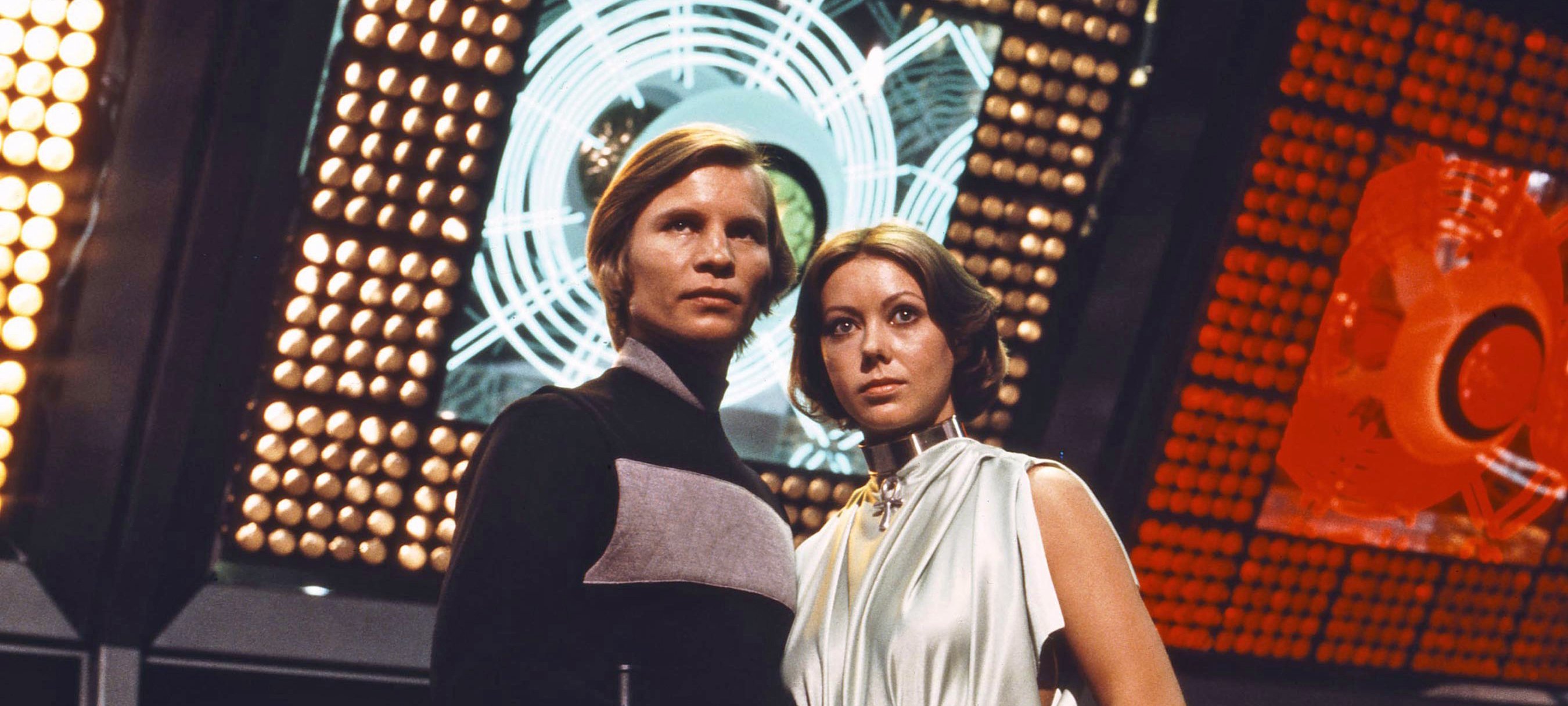
Logan’s Run and How It Was Filmed
In what is one of the most technically intricate films ever made, Hollywood’s top artisans combine their expertise to create an exciting fantasy-adventure of a world 300 years from now.
The time is the 23rd century.
The place is a section of the United States, hermetically sealed off from devastated areas that surround it, filled with people whose lives are devoted solely to pleasures — until they reach their 30th birthday. On what is known as Lastday, the 30-year-olds file into the huge Carousel and seek life renewal in a mystical liturgy witnessed nightly by thousands of cheering arena spectators.
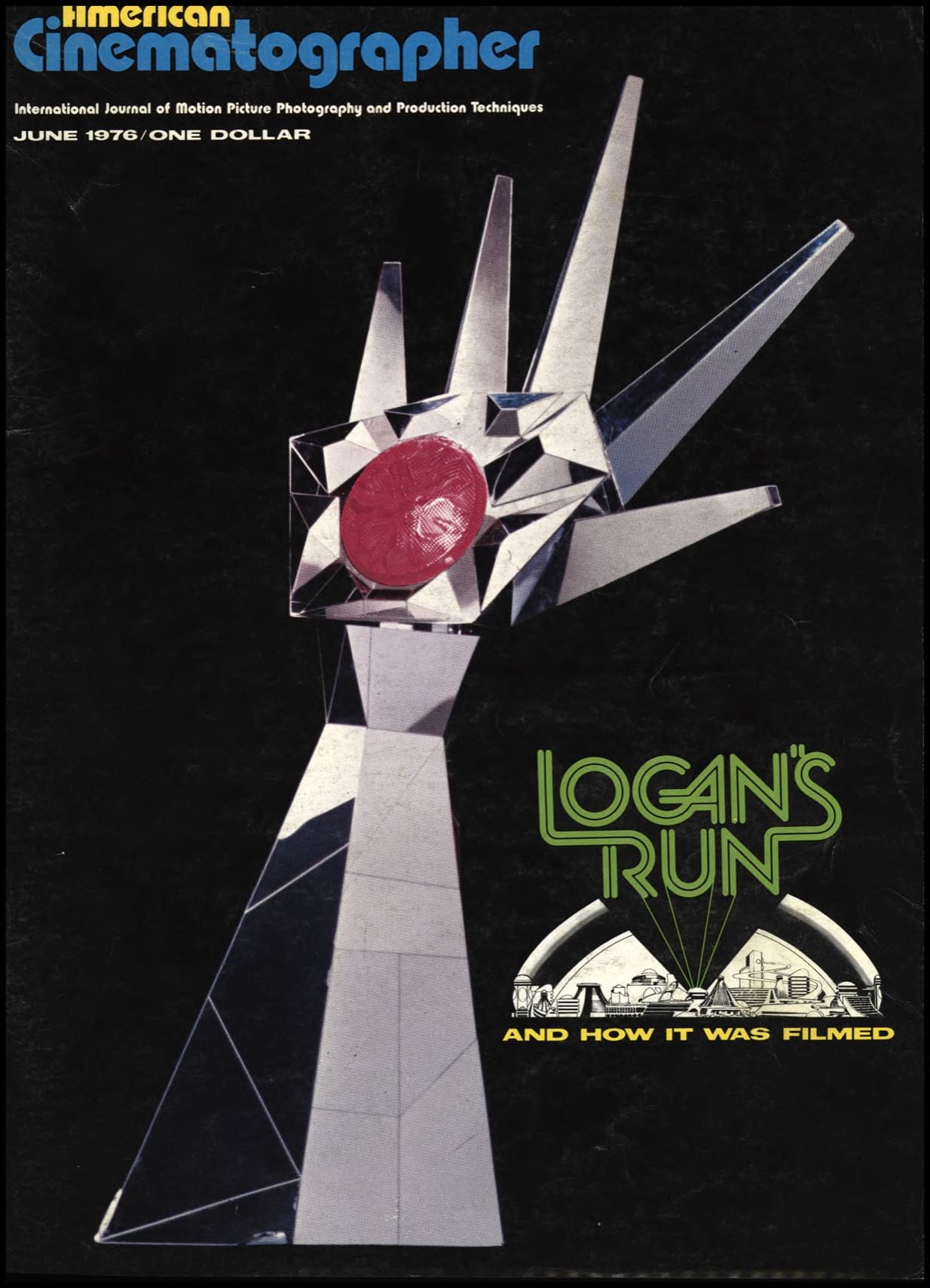
June 1976. Some images may be additional or alternate.
There are a few who eschew the Carousel and seek sanctuary. They are known as the runners. Logan, a policeman assigned to track down their sanctuary, elects to seek a life beyond 30, himself. This is the plot line of Logan's Run.
In what certainly must be the most unique, provocative and controversial subject matter for a motion picture in many years, Metro-Goldwyn-Meyer initiates its second half-century in the film industry with Saul David’s multi-million-dollar production of Logan's Run, starring Michael York, Richard Jordan, Jenny Agutter, Roscoe Lee Browne, Farrah Fawcett-Majors and Peter Ustinov. Directed by Michael Anderson of Around the World in 80 Days fame, and written for the screen by David Zelag Goodman, the futuristic adventure drama is based on a novel by William F. Nolan and George Clayton Johnson. It represents an extrapolative investigation of life as it may be lived in America during the 23rd century.
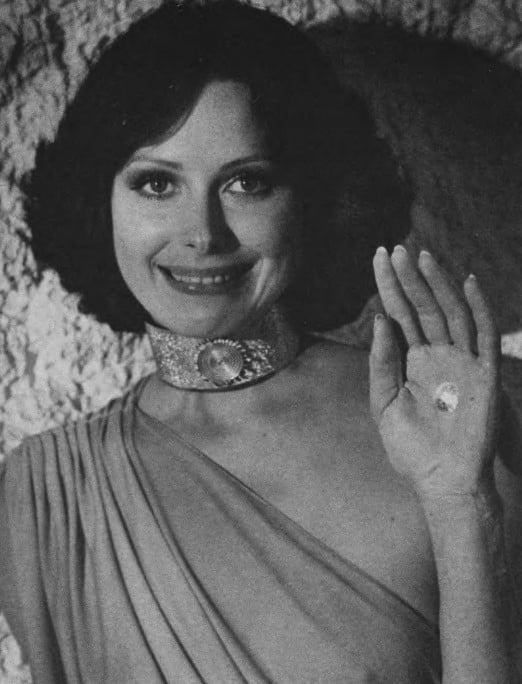
Beneath the rounded symmetry of the giant glass-like domes, the 23rd century megalopolis is a gleaming panorama of buildings, parks and walkways connected by maze cars that silently zip through their translucent air-pressure tubes, transporting human cargoes to various points of destination. The many shops reflect a public dedication to the pleasures of living — Hallucimills, where one can enjoy hallucinatory excitement; Relive Shops, where one can reprise a delightful memory of the past; New You Shops for instant and painless cosmetic surgery; and Love Shops, where the pleasures of the flesh are available to both sexes.
At the massive headquarters of the Sandmen, an elite police unit dedicated to exterminating the Runners, those who seek to live beyond the age of 30, the huge Lifeclocks signal the stages of existence as they control crystals imbedded in the hand of each citizen. With the passing of time, the crystal changes color — white from infancy to age 8, yellow from 9 to 15, green from 16 to 23, red from 24 until Lastday. Ten days before one’s 30th birthday, the crystal begins to blink black-and-red.
Logan's Run is the adventure drama of a man who strives to locate the sanctuary of those who choose to run away from Lastday, a woman who helps him in his quest, and the Sandman with only one mission in life — to stop anyone who runs.

Because of its concern about life 300 years from now, Logan's Run became one of the most challenging projects ever undertaken by a group of film creators. Everything — exterior and interior settings, modes of transportation, food, drink, furnishings, clothing, laws, beliefs, jobs, hobbies, entertainment, jewelry, personal habits, etiquette, manners, life styles, status symbols, even love customs — everything had to be devised and created especially for the film.
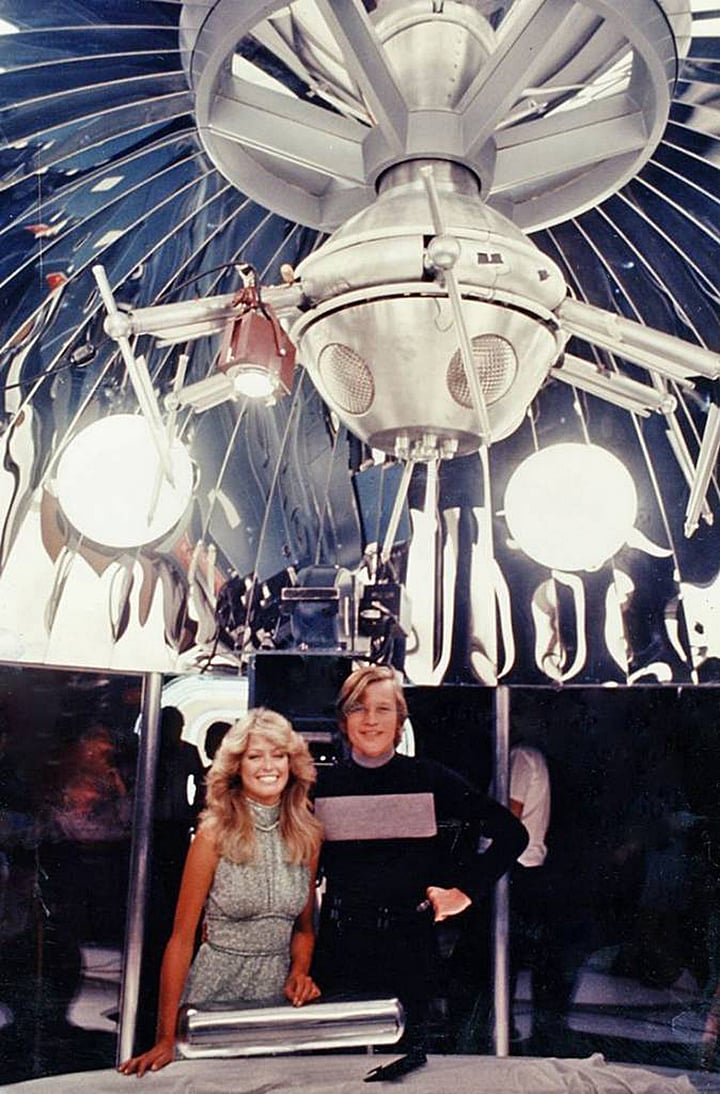
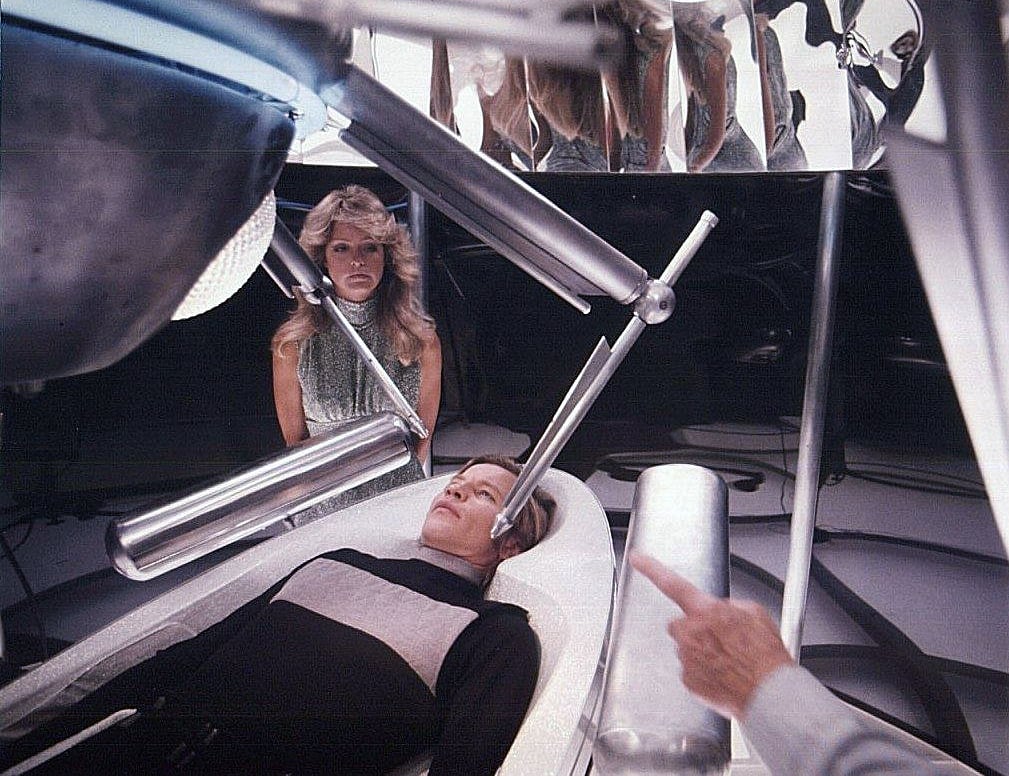
This particular 23rd century utopia is ecologically balanced, filled with unending personal pleasures, graced by the absence of individual responsibility or any but pleasant tasks, nurtured by complete sexual freedom and regulated by an invisible, computerized authority that appears to be devoted to pursuits of happiness.
But like all things that sound too good to be true, there’s a catch to it. The existence may be Utopian, but nobody is allowed to enjoy it a single day beyond their 30th birthday.
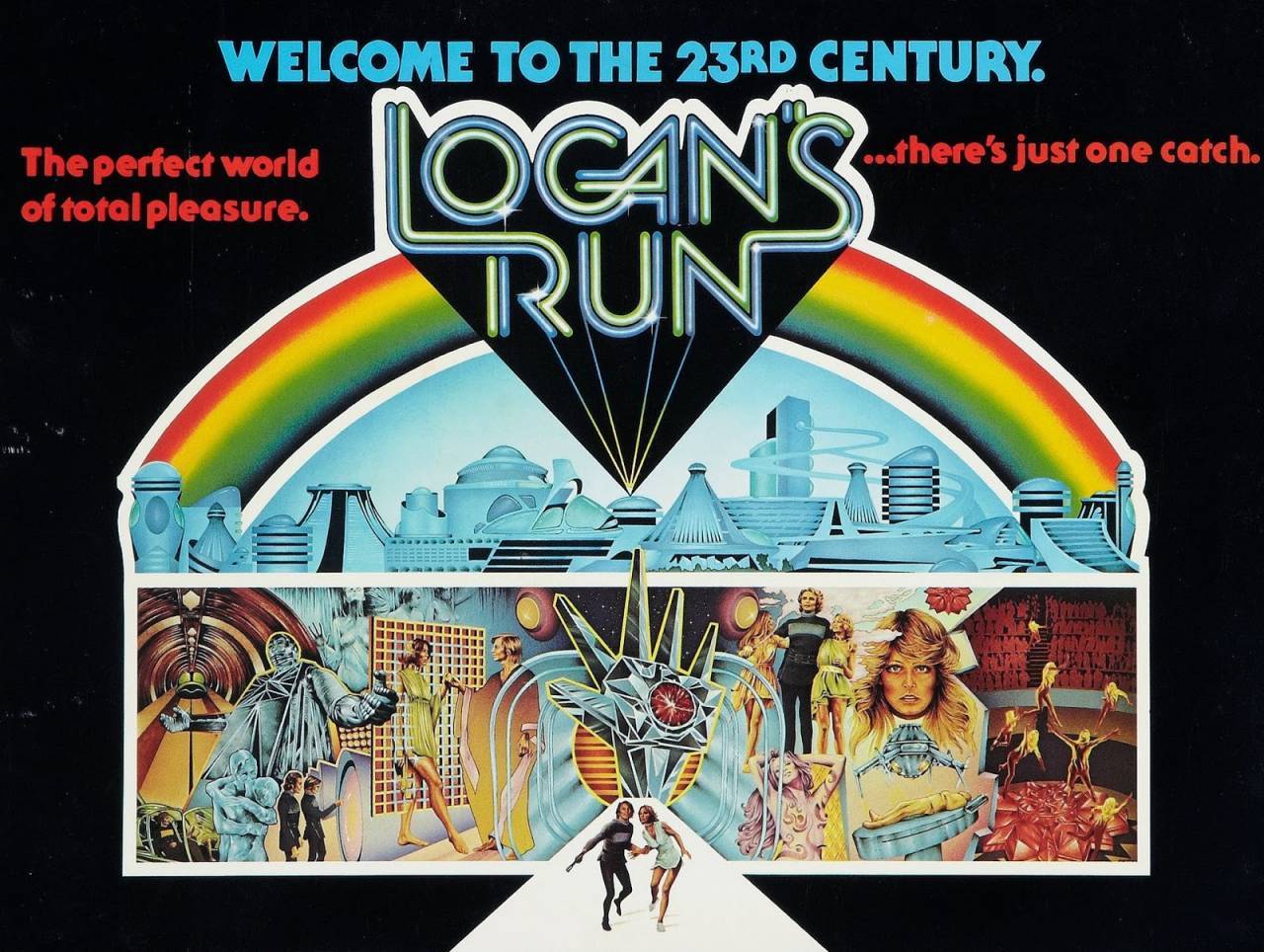
The motion picture stars Michael York in the title role as a member of an elite police force whose job is to enforce the laws of longevity. When York, the Sandman, as he is called in the story, investigates the possible existence of a sanctuary for those who attempt to live beyond 30, he begins to learn that life without love is unfulfilling. A pretty young girl, played by British actress Jenny Agutter, has more than a little to do with York’s gradual change of attitude.
The people live in a megalopolis that is hermetically sealed off from the outside world by giant translucent domes. The temperature is a constant 75°F so clothing is not an important factor. The women wear short, free-flowing garments of semi-transparent synthetic fabric. The men are clad in loose-fitting tunics and formfitting stretch pants. Both men and women wear jewelry of their choice to accent their individuality and freedom of expression. The only “uniform” look exists among the Sandmen, who are the heroes of that era. When they track down a runner and exterminate him, the people cheer.
The people are vegetarians. During meals they munch on fruits and raw vegetables and drink energy-giving liquids. Nobody smokes. The design of dining utensils reveals an interesting fact — everybody is right-handed.


Even though the outside world is hidden, there is day and night, artificially created by light-controls. But there are no clocks and watches — only the lifeclocks that control the lifespan and the crystals imbedded in the left palm that change color with the passing years.
Liquor is apparently passé, but the drug syndrome is very much evident. At shops catering to the hallucinatory experiences and at private parties, drugs in the forms of pills and vapors set the mood.
The family no longer exists. Babies are conceived by seed-mothers, but are incubated and raised by computerized controls. Nobody has a last name. There are no uncles, aunts, nephews or nieces. No wives and husbands, no fathers and mothers. Whenever a child is incubated, a 30-year-old faces Lastday. Zero Population Growth has been attained.
Citizens move about the arcades on people-movers and maze-cars zoom through translucent tubes to carry people to more distant areas. In the arcades, the shops are unique. If you wish to experience again a fond memory, drop into a Relive Shop. If you desire to change your looks, step into a New You Shop for instant, painless cosmetic surgery done by lasers. Need a pick-me-up? The Hallucimill provides a quick drug experience. And if other desires are to be appeased, the Love Shop awaits.
How much do these things cost? Nothing. In this blissful period, money does not exist.
Perhaps it is the absence of money that has reduced crime to the sole offense of trying to live beyond the age of 30. But among the children of the early teens, there exists senseless rowdyism. At an abandoned cathedral, kid gangs are rampant, running wild because there has never been an ounce of parental control. When their palm crystal turns from yellow to green, however, they must depart their gangs and live the more respectable life of the adult.
If there is a semblance of religion during the 23rd century, it is confined to the ritualistic cessation of life on the appointed day. In an awesome display of pageantry, the 30-year-olds dress themselves in white and enter the Carousel, an elaborate enclosure that spins them upward. While they strive desperately for the rainbow ring that will renew their life, crowds of spectators cheer and applaud. There is no sadness about death, either among those who must face it or those who gather nightly to witness their efforts to survive. There is no funeral, no burial. Those who fail are incinerated and Stickmen in flying chairs turn their remains to crystals and vacuum up the residue.
But Logan's Run is by no means a sterile, chrome-and-concrete arena where the automatons of a computerized society cavort. It is filled with laughter and happiness, sparkling with individuality, garnished by the greenery of the city’s parks and playgrounds and enlivened by the upbeat tempo of a community that looks positively at the life around it.
The sets built at MGM for Logan's Run were undoubtedly the most expensive erected at the studio since its great early days of awe-inspiring musical spectaculars.
Costs for interiors and exteriors would have been astronomical if it had not been for the state of Texas. In Dallas, Houston, and Ft. Worth, producer David and director Anderson located the most advanced architecture in America and incorporated the futuristic structures into Logan's Run. Most notable was the Dallas Market Center, a 4.8 million square foot complex consisting of six ultramodern structures erected on 135 acres which have become the largest single wholesale merchandise mart in the world. In its Apparel Mart, Logan's Run utilized futuristic backgrounds of the West Atrium, a five-storied terraced space featuring an entire wall of mirrored plexiglass and a variety of acoustical materials created by artist Paul Maxwell; and the Great Hall, a five-level arena 280' long, 150' wide and 60' high where 4,500 people can be accommodated at a show or exhibit.
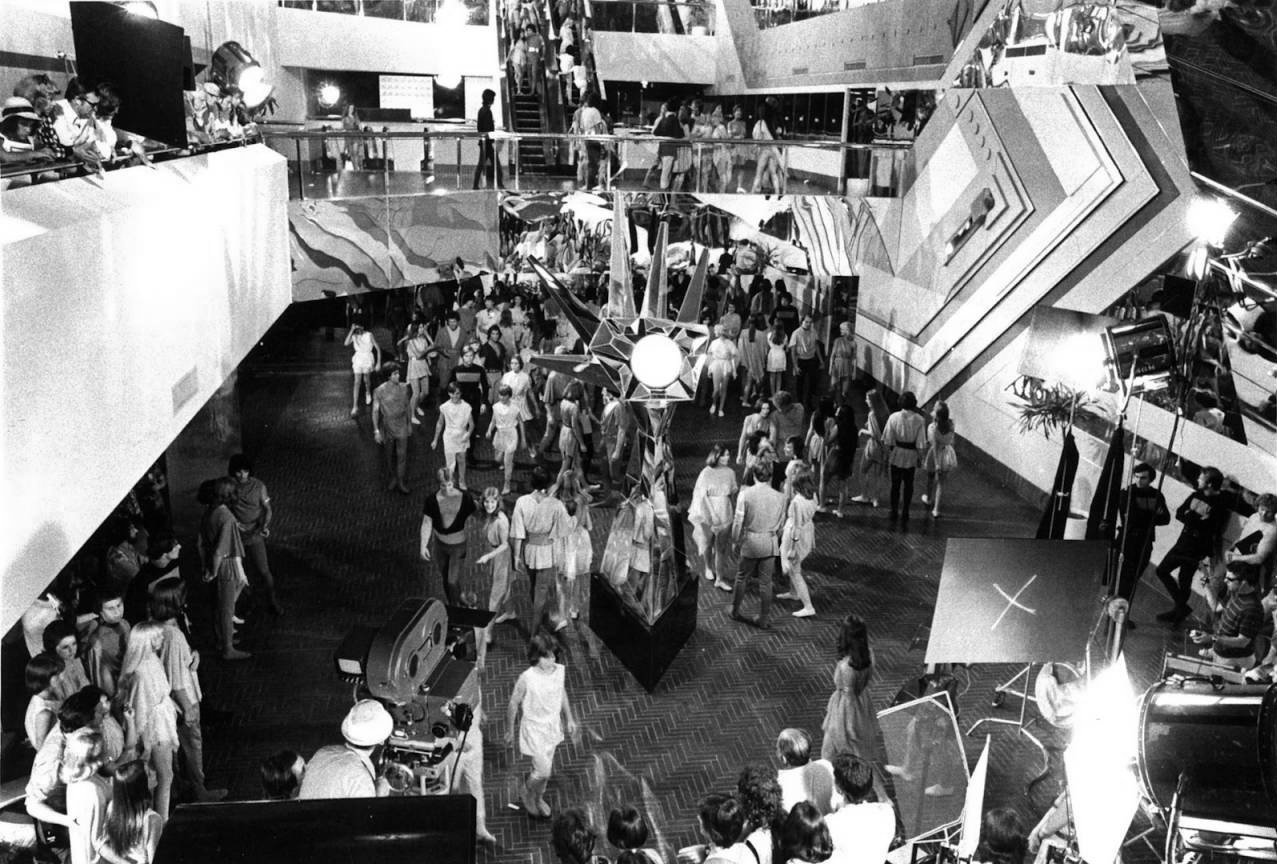
At the World Trade Center, cameras captured crowd and restaurant sequences in the seven-story, glass-capped courtyard of the 25,000-square-foot Hall of Nations.
The World Headquarters of the Zales Jewelry company in Dallas served as the exterior of Sandman Headquarters; the Bruton Park Building became a 23rd-century apartment complex; the First International Bank Building, with its reflective metal ceiling, backgrounded an action sequence; and the Oz Club, an extremely modernistic discotheque and restaurant, became the Love Shop for the film.
En route to Ft. Worth, the modernistic Health Center in Arlington, Texas, became the Sandman’s gymnasium. In Ft. Worth, the city’s recently completed $5,000,000 Water Gardens in the heart of town was an ideal “performer” as a 23rd-century hydro-galvanic wave-power plant. The futuristic interior of the Hyatt Regency Hotel in Houston is also seen in Logan's Run.
Sets for Logan's Run built at MGM studios were equally eye-popping. On Stage 15, largest sound stage in the world, two important backgrounds — Sandman Headquarters and the New You Shop — were constructed. The complete interior of Stage 30 housed two fabulous settings, the Ice Caverns and the awesome Carousel, an ingenious product of construction know-how, special effects wizardry and inventive movie magic where an audience of 500 filled the arena to cheer the dozens of stunt people who portrayed Lastday celebrants striving for life renewal.

which they will attempt to defy computerized death and renew their life spans.
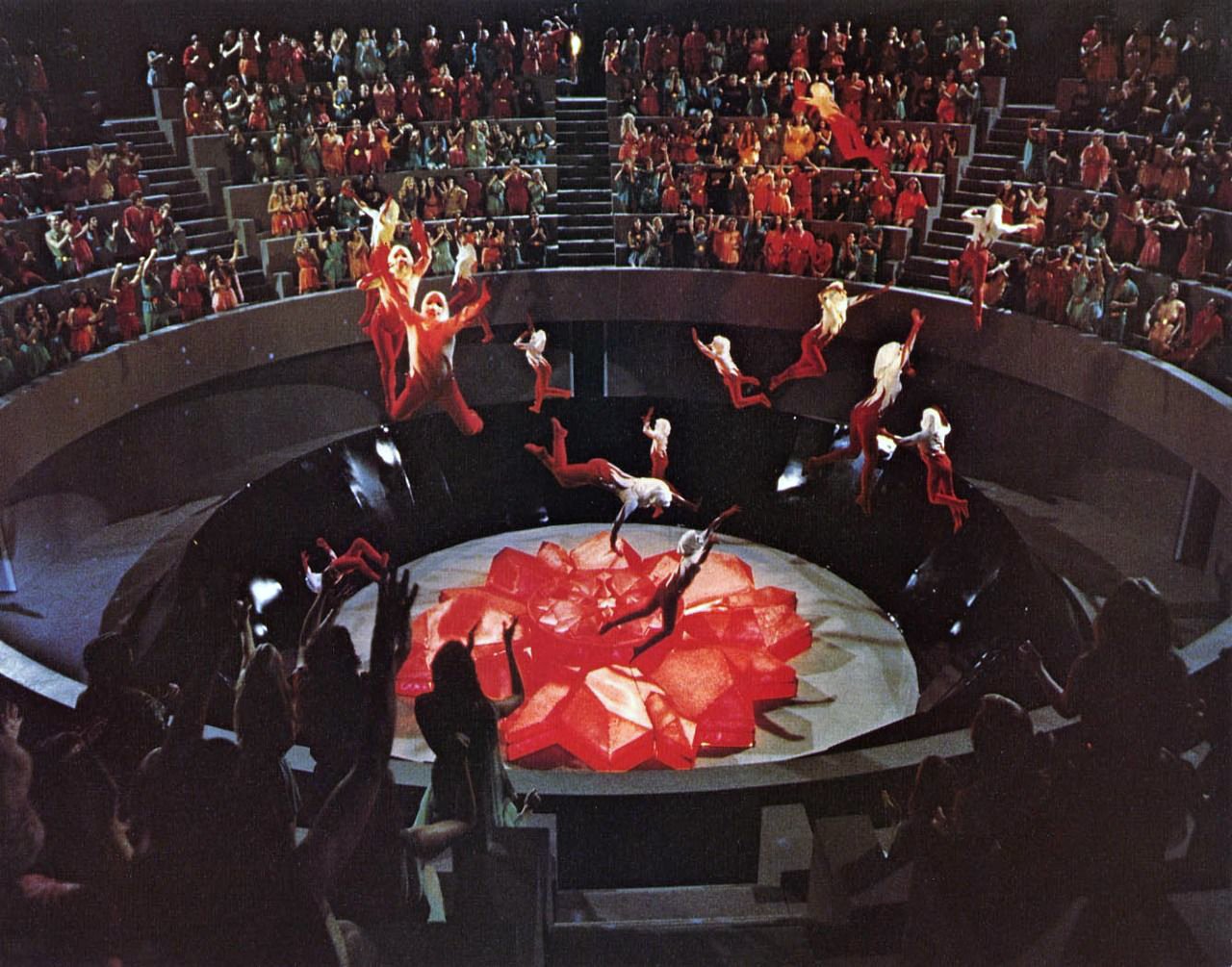
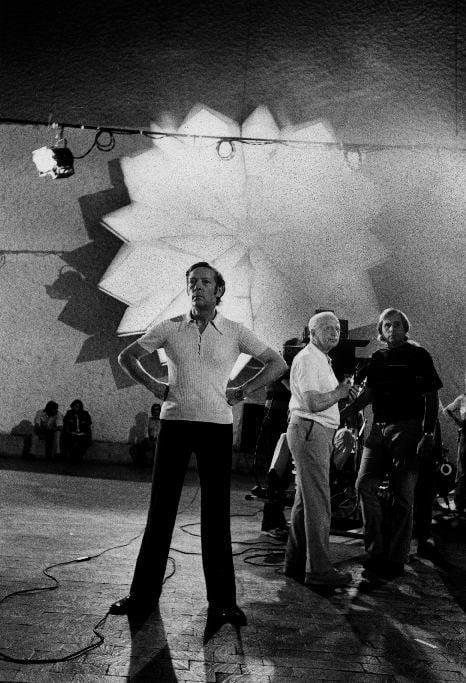
Two sound stages were required to handle one single set for Logan's Run. An opening was made between two adjoining stages to provide space for the maze tunnel along which the full-scale maze cars sped. The electrically-powered, teardrop-shaped plastic bubbles are so well designed that they can easily be converted to actual street travel.
Another stage was fully utilized to construct the decaying, vine-infested remains of the U.S. Senate chambers where Peter Ustinov lived with his hundreds of cats as companions. The felines, provided by Hettie Kram of Cat Care Shelter, West Los Angeles, lived on the set for almost two weeks while performing their roles. Double entrances to the fully enclosed set prevented any of the cats from defecting.
To create a vast undersea complex used for raising and harvesting food, the Logan's Run company moved into an abandoned section of the El Segundo, California, sewage disposal plant for several weeks’ work. It goes without saying that the completion of that particular location was a joyful day for all concerned.
Scenes of the rugged trek by costars Michael York and Jenny Agutter from the city to the ruins of Washington, D.C., were filmed at the Fox movie ranch in Malibu.
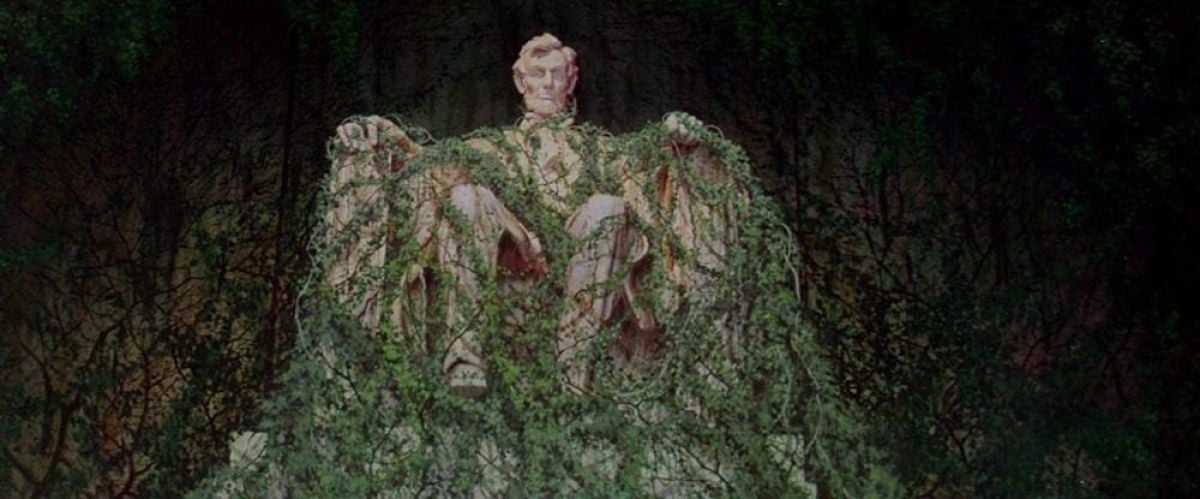
Michael York became the first film star in history to perform in a hologram when he journeyed to the Multiplex Company laboratories in San Francisco for this unique pre-production filming. In the adventure drama, Michael York’s brain is fragmented into six separate images during a police interrogation. The holographic marvels, which produce human images in action and color that float in midair, have York performing in seven different roles at the same time; each facsimile acts independently of the other. York will be seen as a solid image and as the half-dozen ectoplasmic heads surrounding him, each answering individual questions.
This revolutionary screen technique being introduced in Logan's Run could well be the forerunner of the movies and TV entertainment of the future.
In addition, Chris Outwater, one of America’s leading scientists in the field of holograms and co-author of a definitive textbook on the subject, was hired by producer Saul David as a consultant on the laser beam holography and to produce unusual light and image techniques that were incorporated in the futuristic decor of the 23rd century story. Laser photography is an important part of Logan's Run special effects.
For more detail, here’s our companion stories from the same 1976 issue of AC: Photographing Logan’s Run With Ernest Laszlo, ASC and Logan’s Run: Magic For The 23rd Century by visual effects supervisor L.B. Abbott, ASC.
If you enjoy archival and retrospective articles on classic and influential films, you'll find more AC historical coverage here.






